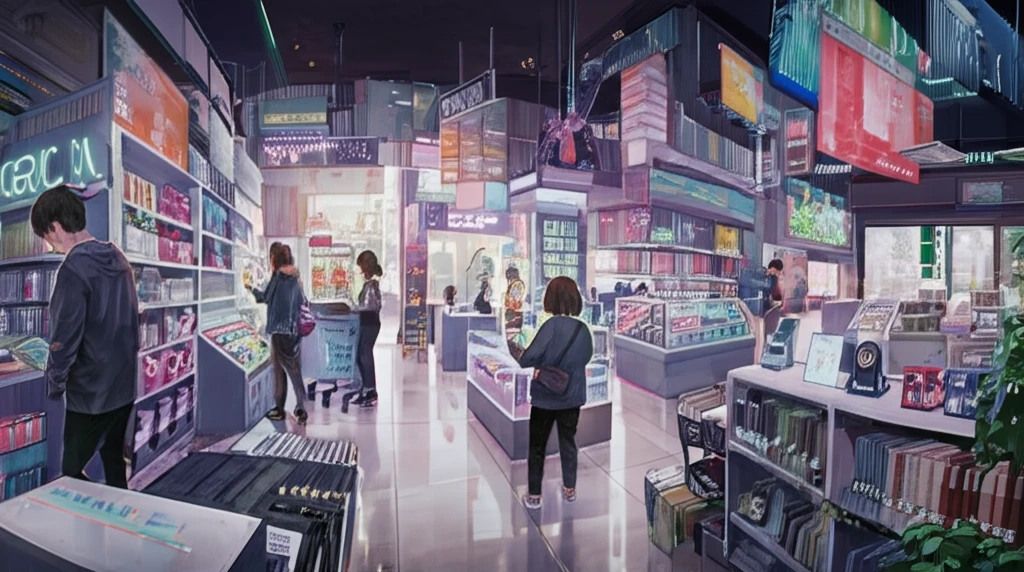
Smart Retail: Is Your Store Ready for the Omnichannel Revolution?
"Unlocking the secrets to in-store tech and crafting a real-life, omnichannel experience for today's connected shoppers."
The retail world is buzzing about "smart retailing." Consultants and researchers alike tout it as the magic bullet for creating an omnichannel experience—one that seamlessly blends online and offline shopping, benefiting both customers and retailers. But is this true? Does simply adding technology to your store automatically create a better, more connected experience?
This article dives deep into the concept of in-store smart retailing, questioning whether the type of technology used actually promotes different forms of omnichannel engagement. Can retailers truly control their customers' omnichannel journey by strategically influencing the in-store environment? Drawing from 107 research papers spanning marketing, innovation, and information systems, we'll uncover the four distinct forms of omnichannel experiences and guide you on how to ace in-store engagement.
We'll explore how retailers can avoid the trap of exerting too much control, which ironically reduces the omnichannel experience to a mere single-channel interaction—either a glorified store or a website experience. Let’s get started!
The Four Forms of Omnichannel Experience

Imagine interactive showcases at Starbucks, facial recognition displays at Bricomarché, digital walls at Timberland, or virtual fitting rooms at Topshop. These are all examples of in-store technologies aimed at creating a more engaging and connected shopping experience. The ultimate goal is to reinvent retail and meet the expectations of today's 21st-century customers.
- Customer-Triggered, Marketing-Integrated: Customers use their own devices (smartphones) to connect with the retailer’s website, competitor sites, or social networks while in the store.
- Customer-Triggered, Tech-Integrated: Customers use retailer-provided mobile apps to locate products, promotions, or access store-specific information.
- Retailer-Controlled, Tech-Integrated: Retailers implement tablets or terminals in-store, controlling the information delivered and the customer's migration between channels.
- Retailer-Controlled, Marketing-Integrated: Retailers attempt to create a seamless, fully-controlled brand experience, often resulting in the store becoming a showroom for the website.
Is Smart Retail Right for Your Store?
Ultimately, the success of smart retailing lies in understanding the customer’s desire for freedom, and integrating technology in a way that enhances, rather than restricts, their shopping journey. Creating a truly omnichannel experience means empowering customers, providing value, and adapting to their needs, not just controlling the message. By focusing on these key areas, retailers can unlock the true potential of smart retailing and thrive in the ever-evolving retail landscape.
